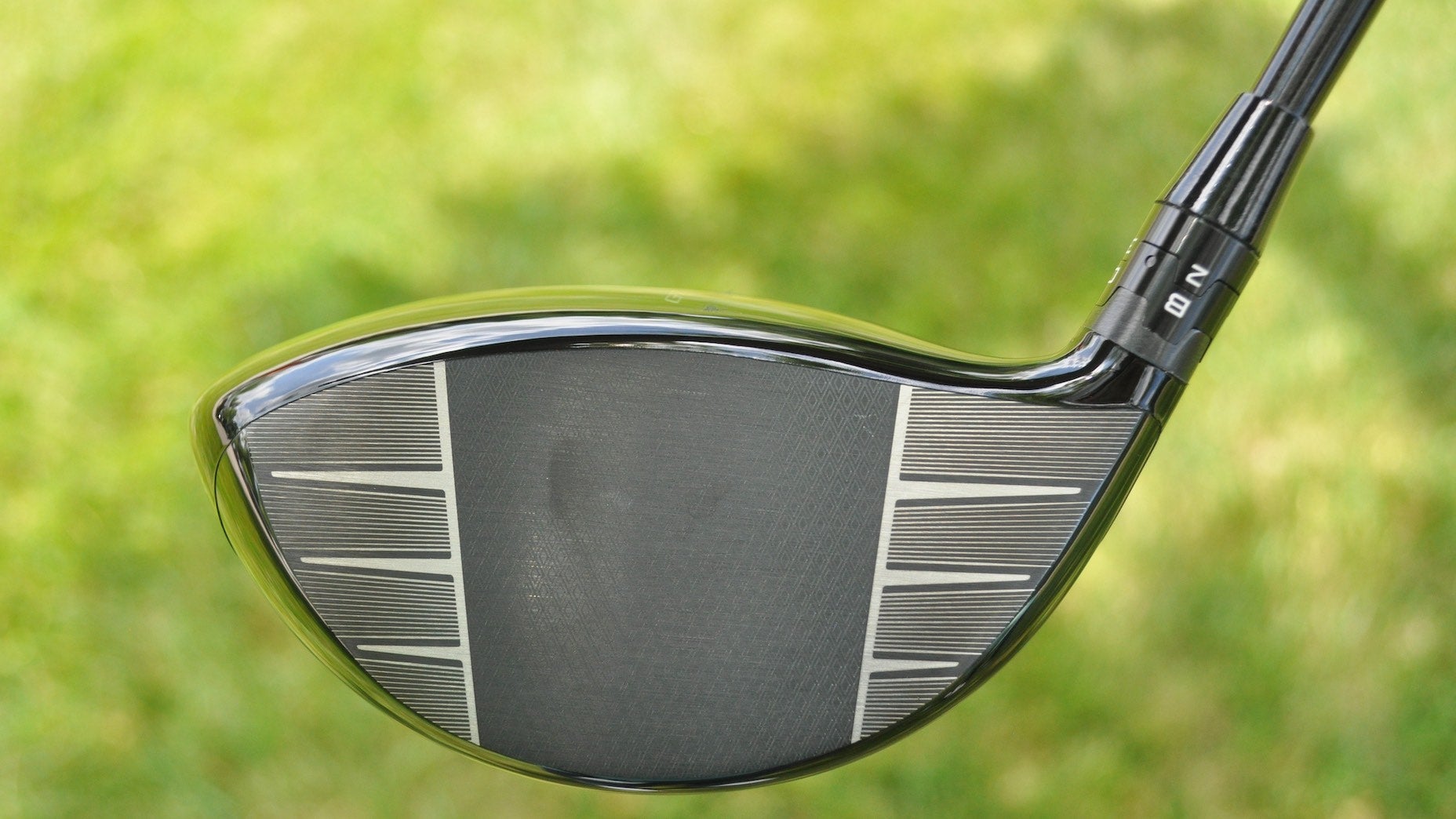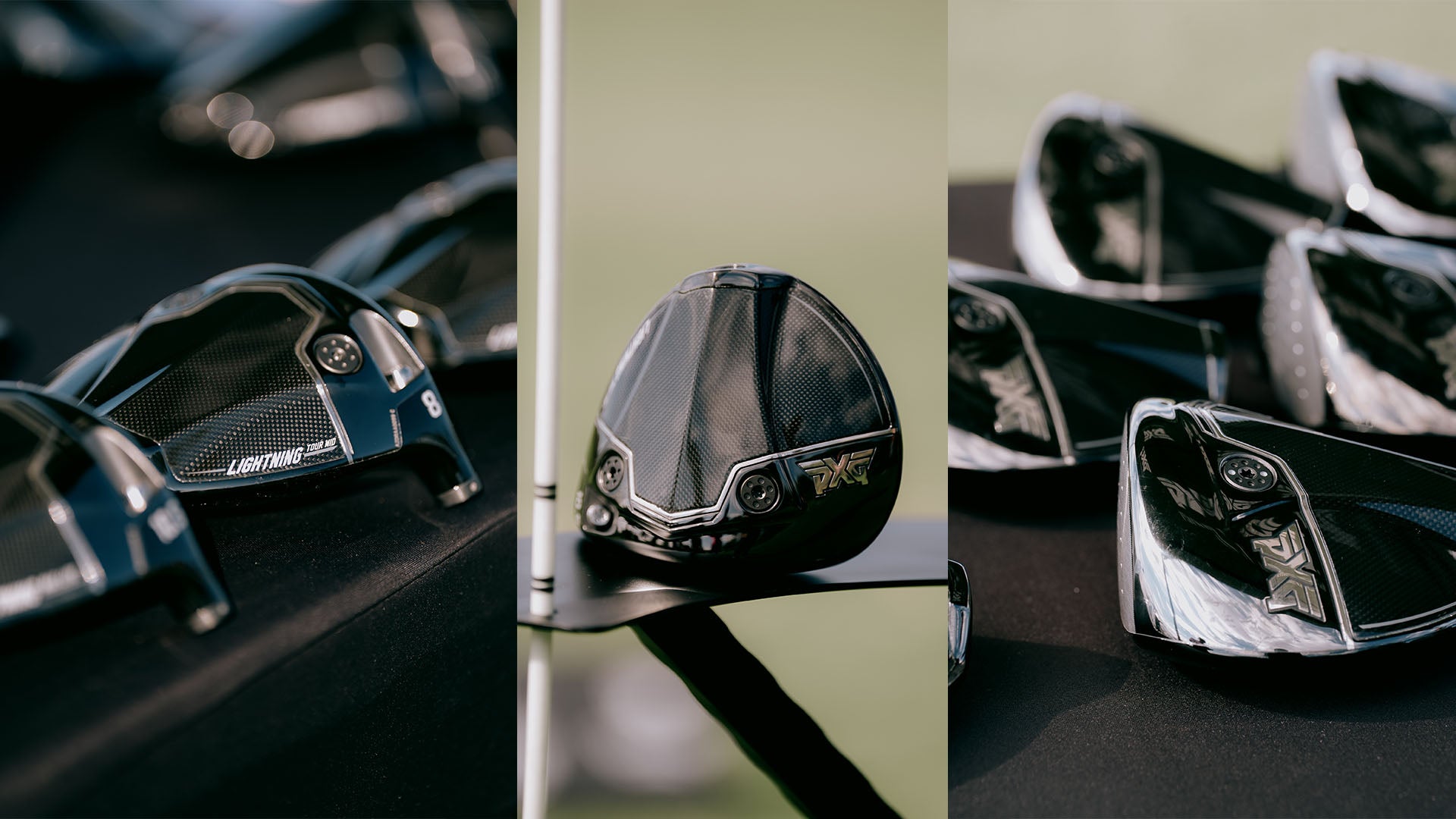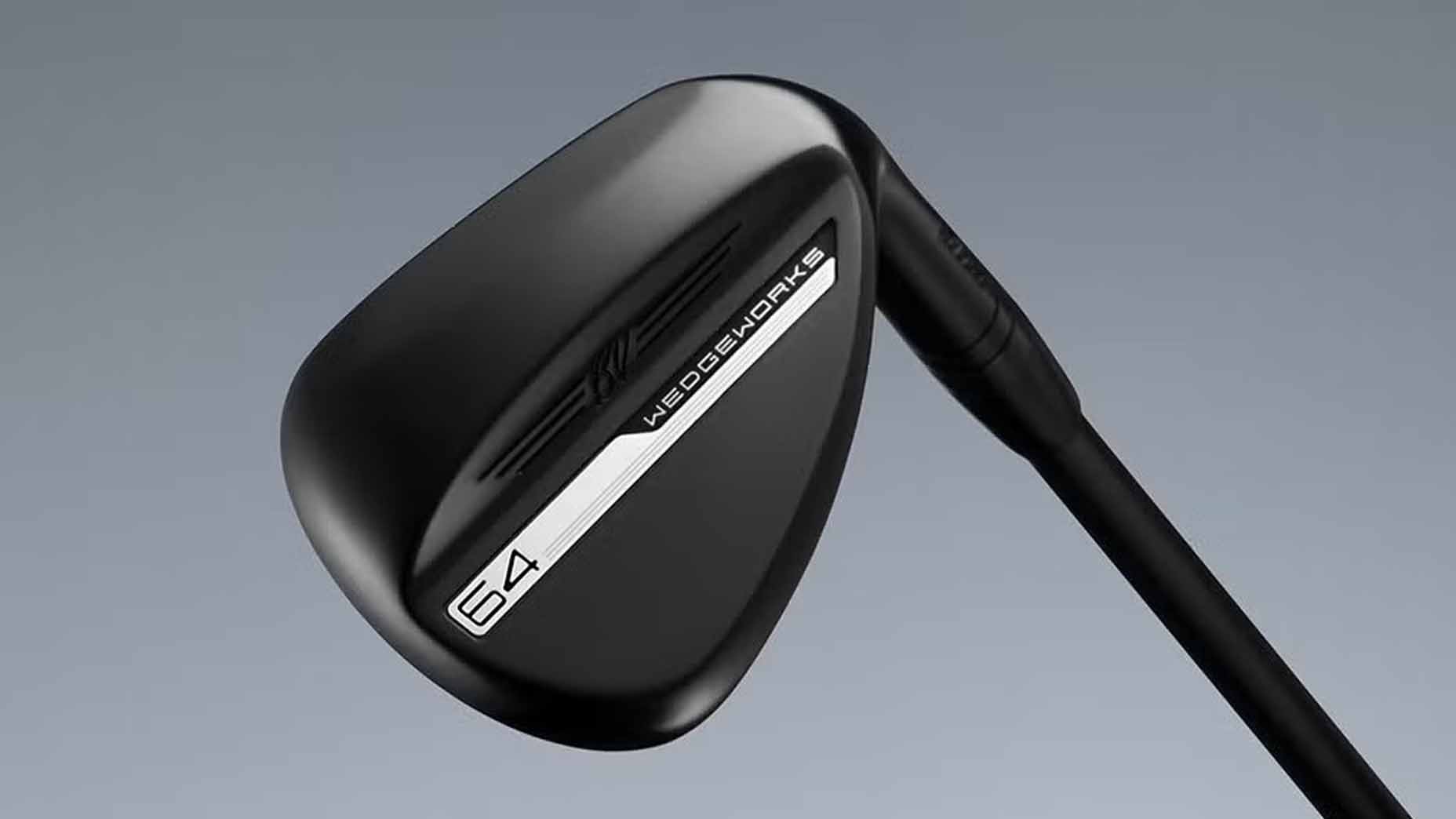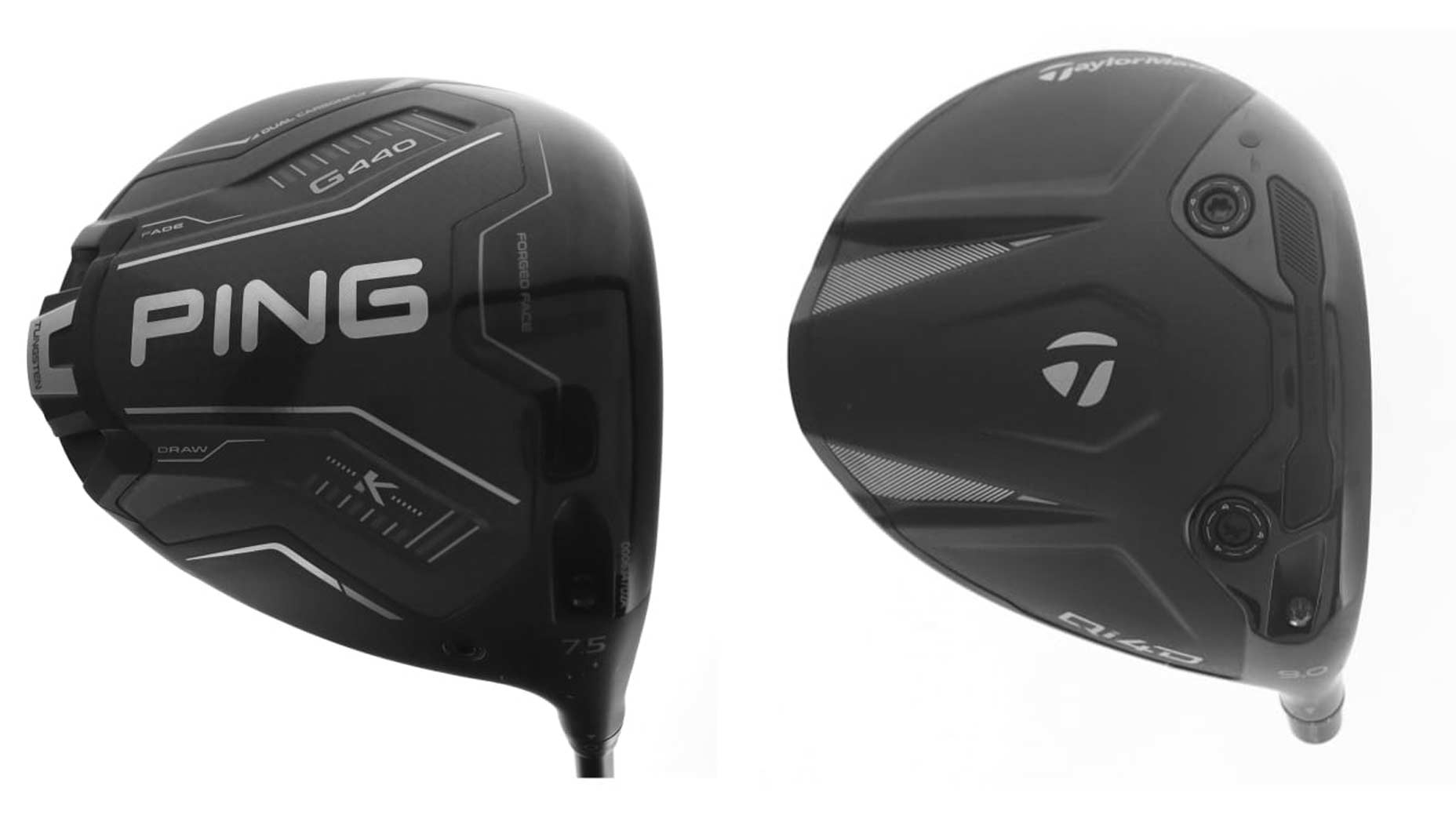Welcome to GOLF.com’s ClubTest Proving Ground, where managing equipment editor Jonathan Wall puts the latest designs and groundbreaking technology in the equipment space to the test on the range and the course.
The tools: Titleist GT2 and GT3 drivers
The test: To see how GT compares to the gamer driver in a head-to-head competition.
The results: Several years ago, I sat down with Tiger Woods to discuss his equipment testing process and walked away with a valuable piece of insight: Never test when you’re scraping it around the course. As much as we all want to believe rust can be knocked off after a half-bucket, it always takes longer than you imagine.
“I’ve always tested when I’m actually hitting well,” Woods told me. “I don’t want to test when I’m hitting poorly because then I think you can find a club that’s going to Band‑Aid it, and you really don’t know what truly is going to happen when your game turns around. And so I would push off testings until I worked on my game.”

Titleist GT3 Custom Driver
View Product
This is me outing myself for not following Tiger’s advice during a recent trip to TPI (Titleist Performance Institute) for GT driver and fairway wood testing. Life got in the way and I couldn’t put in the range time before leaving time. It happens.
My worst fears were realized shortly after I linked up with my fitting guru, Joey Saewitz, and started making some driver swings. Clubhead speed was down in a big way — I’m used to registering 110-plus mph but was hovering around 103-105 — and I couldn’t find face center. To keep me from spiraling, Saewitz pulled me over and offered some sage advice.
“We’re not as efficient as we should be,” he said. “If you hyper-focus on efficiency, that to me would mean you’re going to find center more frequently. If we can get there first, I would imagine launch and spin is going to become a lot more consistent.”
If you’ve never heard the term “smash factor” before, it analyzes the amount of energy transferred from head to ball at impact. Simply divide ball speed by club speed to get your number. The closer you can get to 1.5, the more efficient the strike. I’ve looked at the number before when testing, but I tend to fixate on ball speed (particularly on mishits), dispersion and spin rate more than smash.
To flip the testing script, Joey handed me a GT3 driver — I also tested GT2 as well, but the adjustable CG track in the sole made it easier to eliminate the right miss for this lefty — with what I could quickly tell was a shorter shaft. But he didn’t reveal anything about the build beyond the model. The first swing felt pure. So did the next.
“Let me show you this real quick,” Saewitz said. “This will be really cool for you to see.”
Joey wasn’t kidding. The combination of GT’s new design, more loft (11 degrees) and a shorter 44.5-inch shaft produced back-to-back 1.5s. In other words, perfectly efficient driver strikes.
From that point forward, I could feel my confidence growing as I continued to take additional cuts and watched my ball speeds normalize. For someone who has historically played a 45.5-inch driver, going to a shorter, heavier build didn’t sap my ball speed. During recent at-home testing, I produced almost the same ball speed numbers as my gamer with tighter spin rates across the entire face that ranged from 2,300 to 2,700 RPMs on most strikes. (In the interest of full transparency, I left my gamer at home due to some travel issue and wound up testing a different TSR head while I was at TPI, which is part of the reason why the initial ball speed gains, over 6 mph, were so extreme. So when I talk about my ball speed numbers normalizing, I’m comparing it to recent testing I conducted at home.)
While the tight spin rate deltas were impressive, the biggest win in my eyes was finding a way to keep the numbers playable on high-toe misses. In most cases, I’m used to seeing spin dip to 1,200 and below as the ball knuckles hard to the right. There’s a feeling of helplessness that comes with a high-toe miss as it’s leaving the planet.
However, I never saw the usual shot shape replicated with GT3. Instead, I watched in amazement as the ball hung in the air and crossed the center line with a gentle draw shape at 2,000 RPMs. I’m not sure I can ever recall testing a driver that all but negated my snap-hook. To say it’s been an absolute game-changer would be an understatement.
If anything, the GT3 has made it easier to swing freely without having to worry about the “big miss.”
Conclusion: Over the years, I’ve come to prioritize ball speed retention on off-center misses and dispersion more than pure ball speed out of the center. If it’s consistent and doesn’t expose my biggest flaws, I’ll most certainly consider it for future testing and a spot in the bag. Pure distance is nice, but I’m no longer willing to make sacrifices for a few more yards.

Since the fitting at TPI, I’ve seen the same results play out during initial on-course testing. My fairways hit percentage has ticked up and I’m letting it rip without doubt creeping in on when the snap-hook will surface. Both of those make the game more fun, which is all that matters these days. Lose fewer balls, shoot lower scores and embrace the quiet hours spent on the course. What a life.
Want to overhaul your bag for 2024? Find a fitting location near you at True Spec Golf









